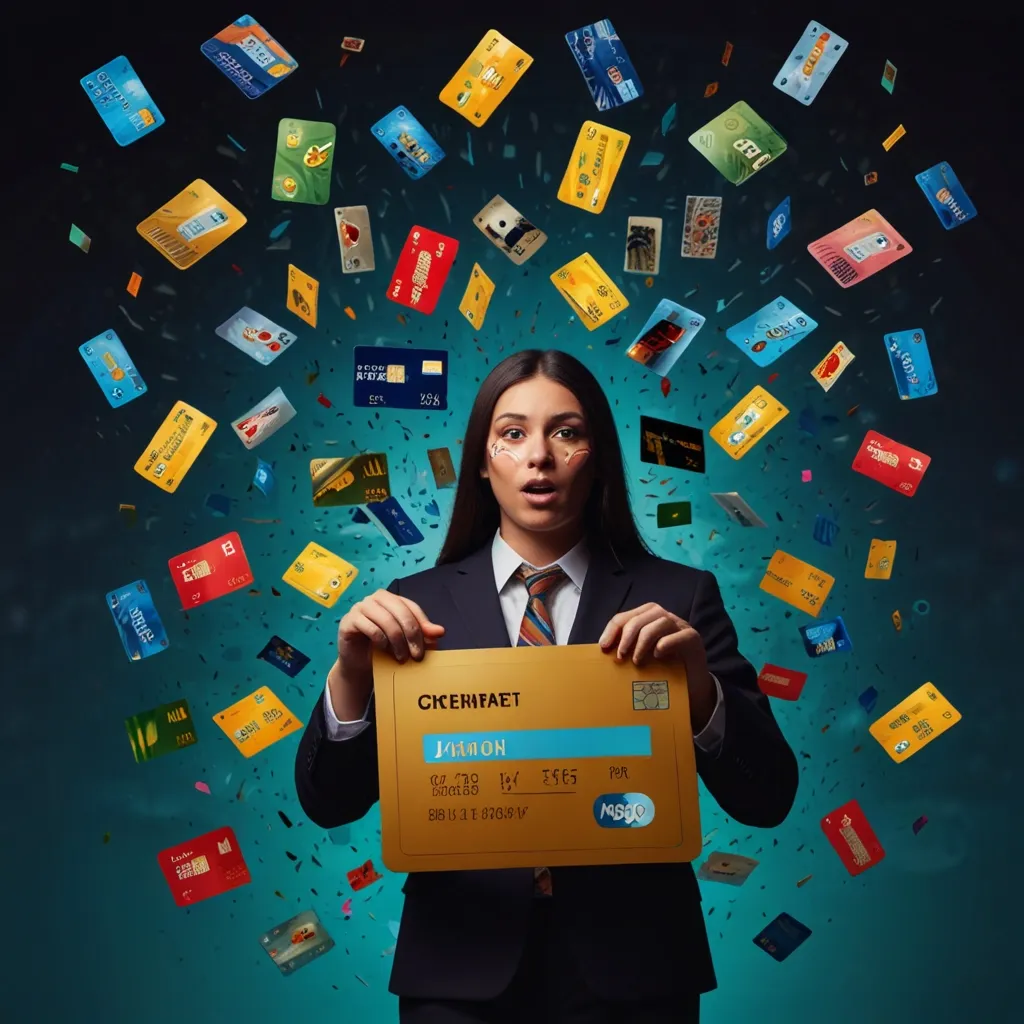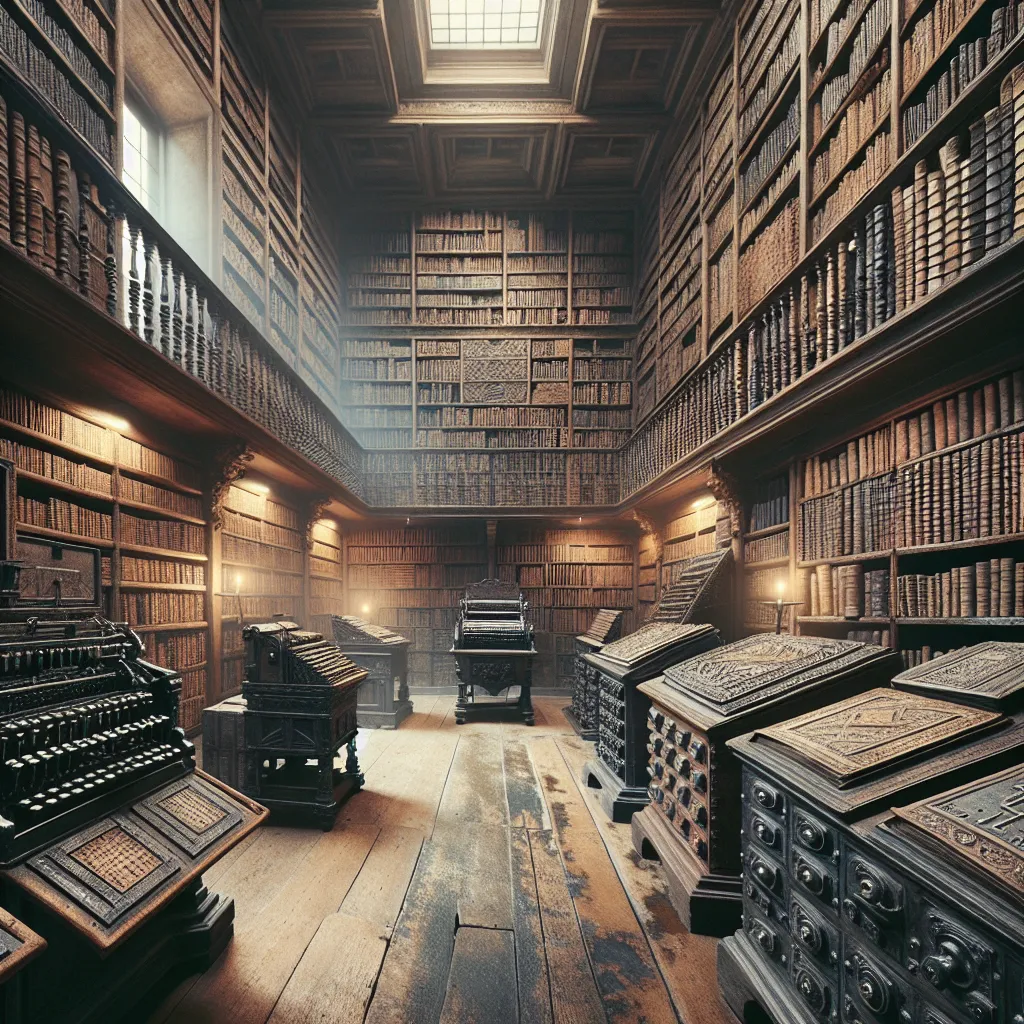Until about 1900, classical mechanics, developed by Isaac Newton and James Clerk Maxwell, was the reigning theory explaining physical phenomena. This was all we had to understand the world of physics. However, post-1900, Max Planck’s quantum mechanics revolutionized everything. It explained several anomalies that classical mechanics couldn’t, such as why electrons don’t radiate energy and crash into the nucleus as expected by Maxwell’s equations.
Since its inception, quantum mechanics has proven to be one of science’s most successful theories. Equations like the Schrödinger equation are incredibly precise at making predictions about quantum scales. But when the question arises about what’s actually happening in the quantum realm, controversy begins.
Physicist Sean Carroll of Caltech compares quantum physicists to iPhone users. They know how to use it fantastically but have no idea what’s happening inside. Similarly, physicists can use quantum mechanics’ equations to predict outcomes but often can’t explain the underlying mechanics if they’re being honest.
This lack of understanding hasn’t stopped speculation. These speculations are known as interpretations of quantum mechanics. The most well-known is the Copenhagen interpretation, developed by Niels Bohr and Werner Heisenberg in the 1920s. This interpretation is the most widely taught, yet even many physicists question its accuracy. No single interpretation has achieved consensus.
Quantum mechanics posits that particles exist in a superposition—multiple states at once—until measured. This runs counter to our everyday experiences where objects have definite properties. A key challenge in quantum mechanics is explaining the transition from quantum superposition to the definite states observed when a measurement is made.
Schrödinger’s equation and the wave function, denoted by the Greek letter psi, are central to quantum mechanics. Max Born interpreted psi to mean that the square of its absolute value represents the probability of finding a particle in a particular state upon measurement. This concept led to the famous Schrödinger’s cat thought experiment: a cat in a box can be considered both dead and alive until the box is opened, illustrating the absurdity and complexity of quantum superposition.
The Copenhagen interpretation says that observing the system collapses the wave function to one outcome. For example, when you open the box, the probability wave collapses, you see the cat alive or dead, and multiple probabilities cease to exist. This “collapse” is one of quantum mechanics’ most debated aspects.
Another interpretation, the Many-Worlds Interpretation (MWI) by Hugh Everett, posits that no collapse happens. Instead, all possible outcomes occur in separate, parallel worlds. Thus, when you open the box, you might see the cat alive in one world while in another parallel world, you see the cat dead. This idea challenges our perception as it implies countless realities parallel to ours.
Decoherence theory attempts to explain this transition without wave function collapse by considering entanglement with the environment. When quantum systems interact with their surroundings, it leads to a branching of realities—creating multiple, non-communicating parallel worlds.
If quantum superposition and randomness seem baffling, there are deterministic alternatives like the Bohmian Mechanics or Pilot-Wave Theory and Objective Collapse theories, such as the one proposed by Roger Penrose. Each offers a different perspective on the quantum conundrum.
Understanding quantum mechanics is a journey through some of the most thought-provoking theories in physics. Whether it’s the Copenhagen interpretation, Many-Worlds, or other conjectures, the field continues to inspire deep intrigue and debate.






